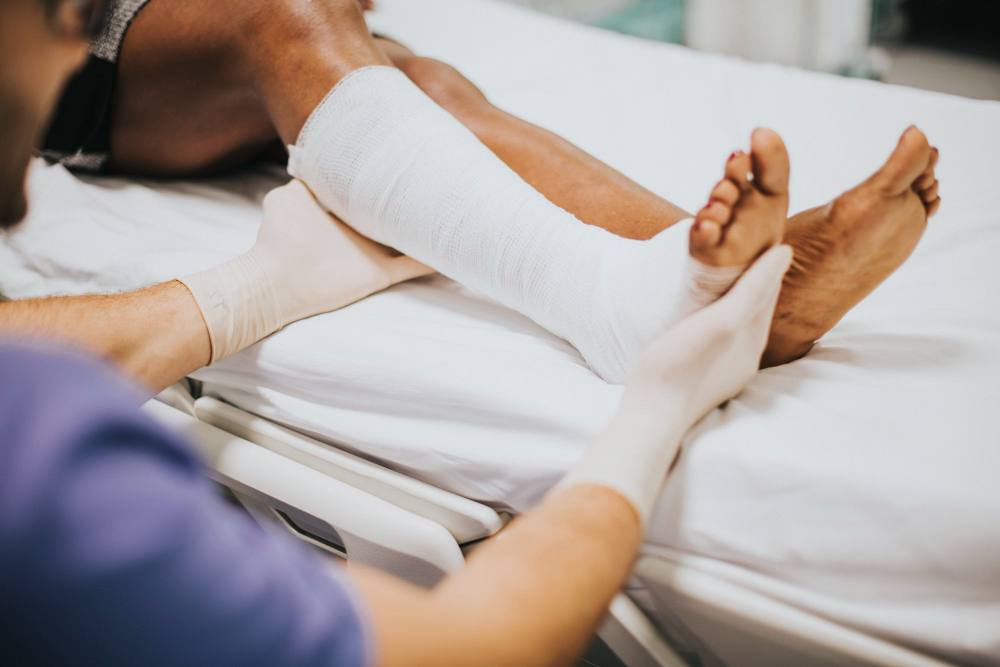Negligence is at the core of most personal injury claims. It seems like a simple concept, but negligence is a complex legal concept. In this blog, our personal injury lawyers in St. Catharines break down and explain negligence. Hopefully, the information will help you better understand your own accident. If you have any questions, feel free to reach out to our lawyers in St. Catharines.
In a Nutshell, What is Negligence?
Negligence refers to a situation where a person or organization’s actions or omissions lead to injuries for another. Proving negligence is a critical part of a successful personal injury claim. After all, if you can’t prove the negligence of the defendant, why would they be required to pay you compensation?
If a business doesn’t salt its driveway after a snowstorm and someone suffers a slip and fall accident, that could be called negligent behaviour. If an energy company doesn’t install adequate strain insulators, leading to electrocution, that constitutes negligence too.
Proving Negligence in an Accident
A plaintiff must prove four elements to establish negligence.
- Duty of Care: The defendant owed the plaintiff a duty of care, i.e.: to prevent harm and injury.
- Breach of Duty: The defendant breached their duty of care through reckless or negligent behaviour.
- Causation: The defendant’s actions or omissions caused the plaintiff’s loss or injury.
- Loss or Injury: The plaintiff suffered a loss or injuries because of the actions or omissions of the defendant.
The Burden of Proof in Personal Injury Claims
In most personal injury cases, the burden of proof lies with the plaintiff. The plaintiff must provide sufficient evidence to convince the court (and jury) that the defendant caused their injuries.
There are some exceptions, such as in car accident law. For example, in pedestrian accidents involving a car, the driver must prove that they weren’t negligent, rather than the pedestrian proving the driver’s negligence (also called ‘reverse onus’).
Here are some types of evidence you may need to demonstrate the defendant’s negligence and the extent of your injuries.
- Medical Records: Medical records, including doctor’s reports, hospital records, diagnostic test results, and medical expenses, prove the severity of your injuries and their impact on your day-to-day life.
- Witness Statements: Testimony from eyewitnesses can corroborate the chain of events and highlight the defendant’s negligent actions.
- Expert Evidence: Evidence from experienced, qualified professionals goes a long way to bolster your case. Expert testimony is used to explain the seriousness of your injuries, and expected recovery times and dissect accidents. In slip and fall accidents, for instance, expert evidence can shed light on the severity of fractures.
- Photographs: Photographs of the scene record the aftermath of the scene. In car accident law, for instance, they can help investigators build a visual model of the scene. This may be used to attribute fault and calculate compensation.
Speak to Personal Injury Lawyers in St. Catharines Immediately
Proving negligence in a personal injury claim requires investigation, experience, and resources. It’s why you should speak to experienced lawyers in St. Catharines as soon as possible after an accident. Over 140 years, we have helped Ontarians get the compensation they need to get back on their feet.
Book a free, no-obligation consultation with experienced personal injury lawyers in St. Catharines to discuss your accident today.

